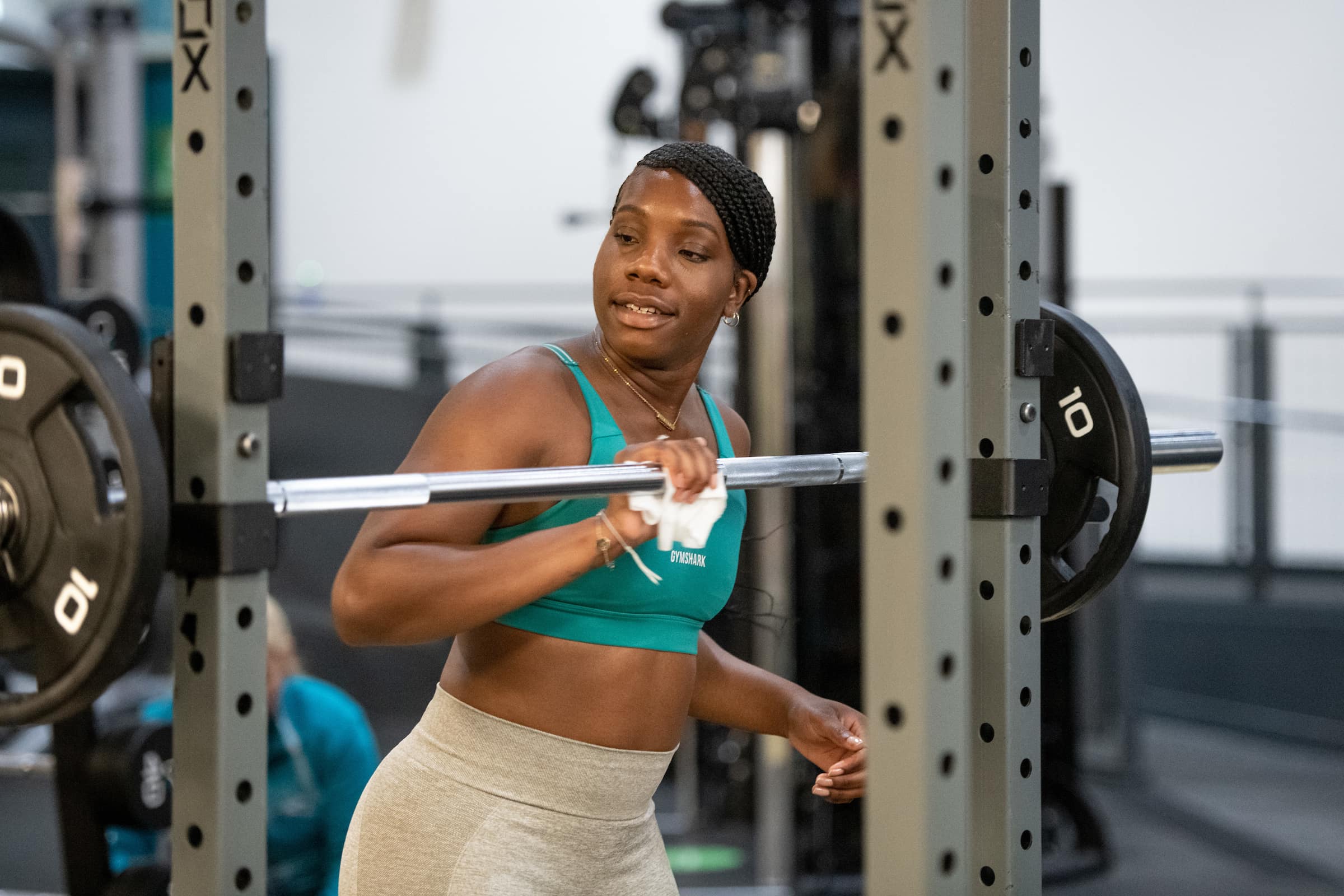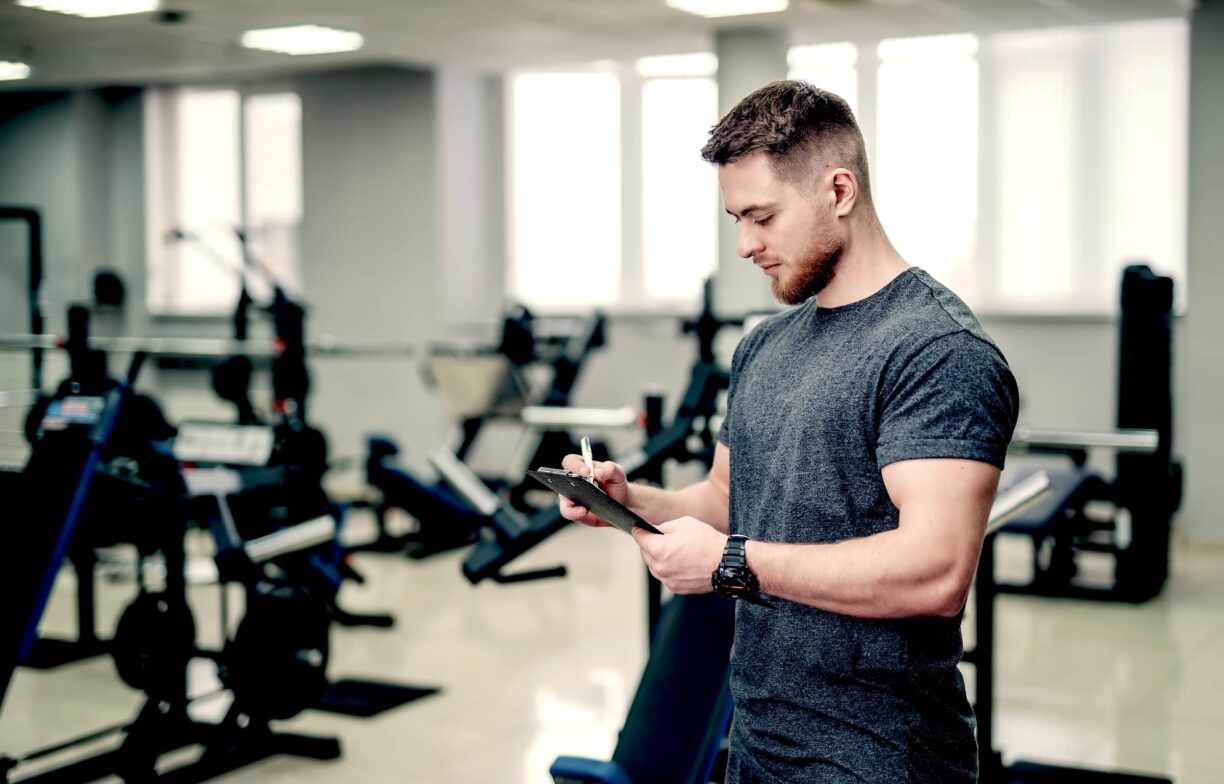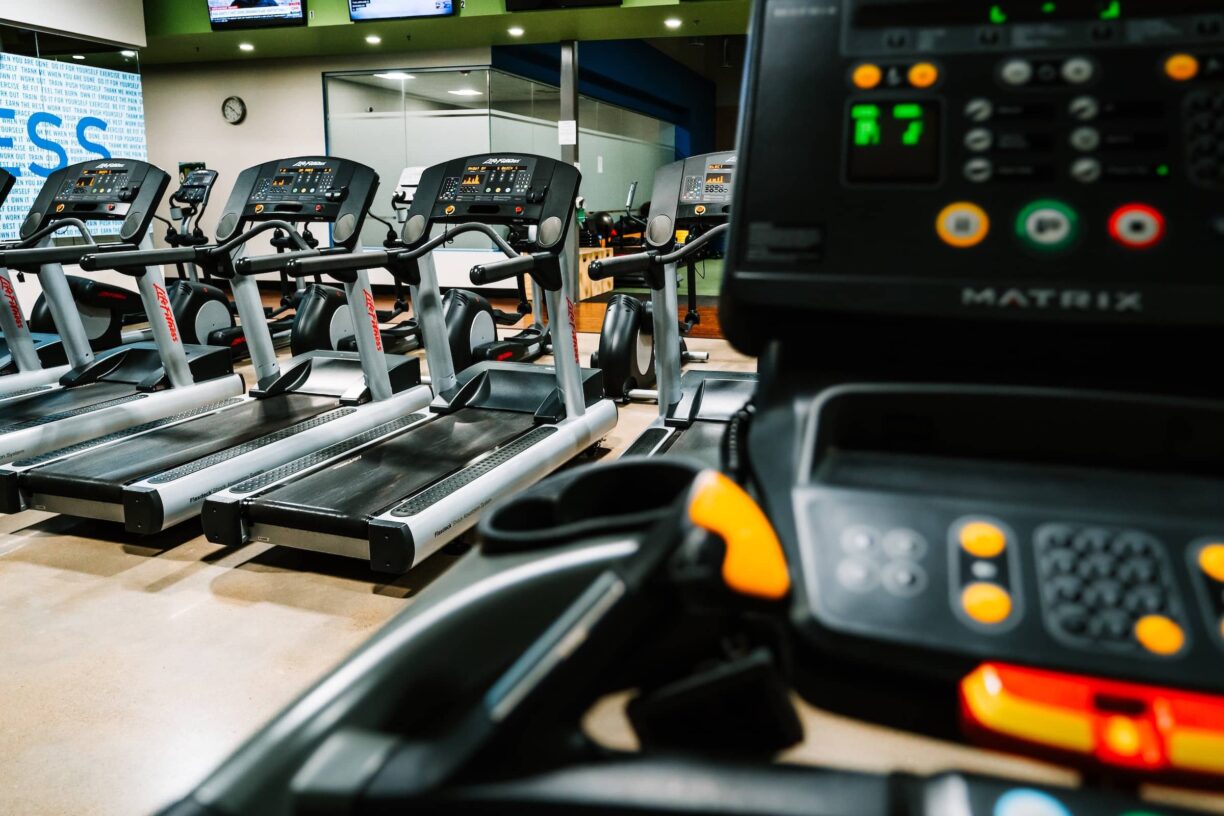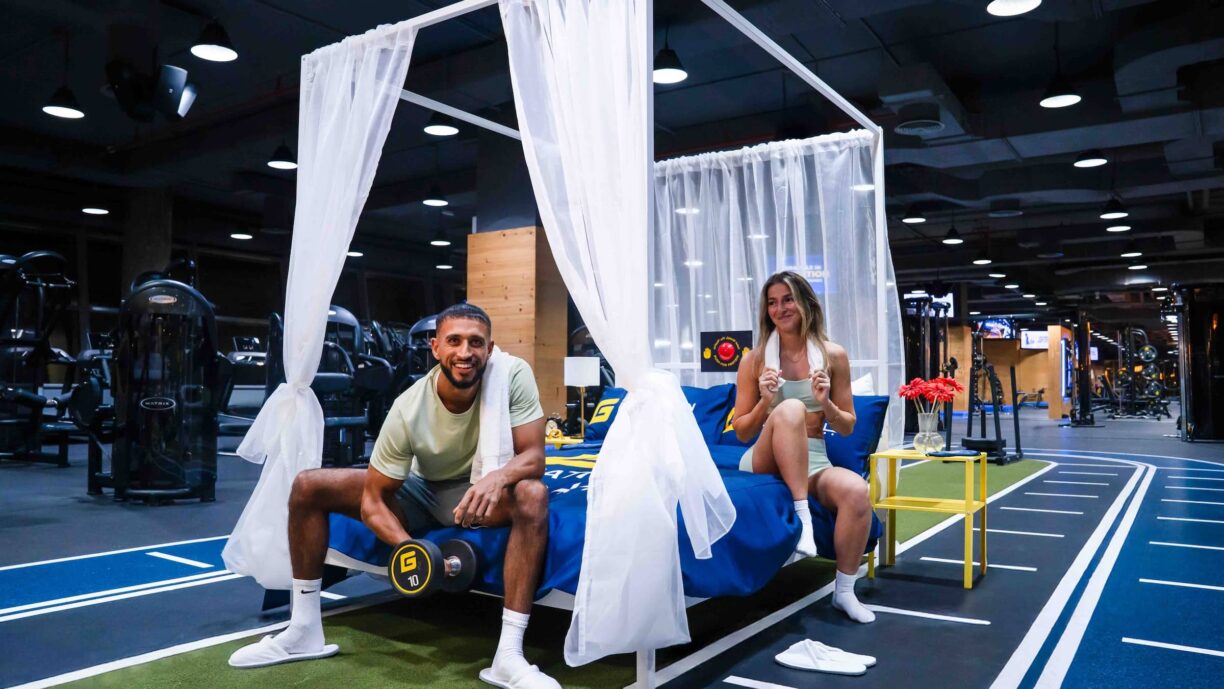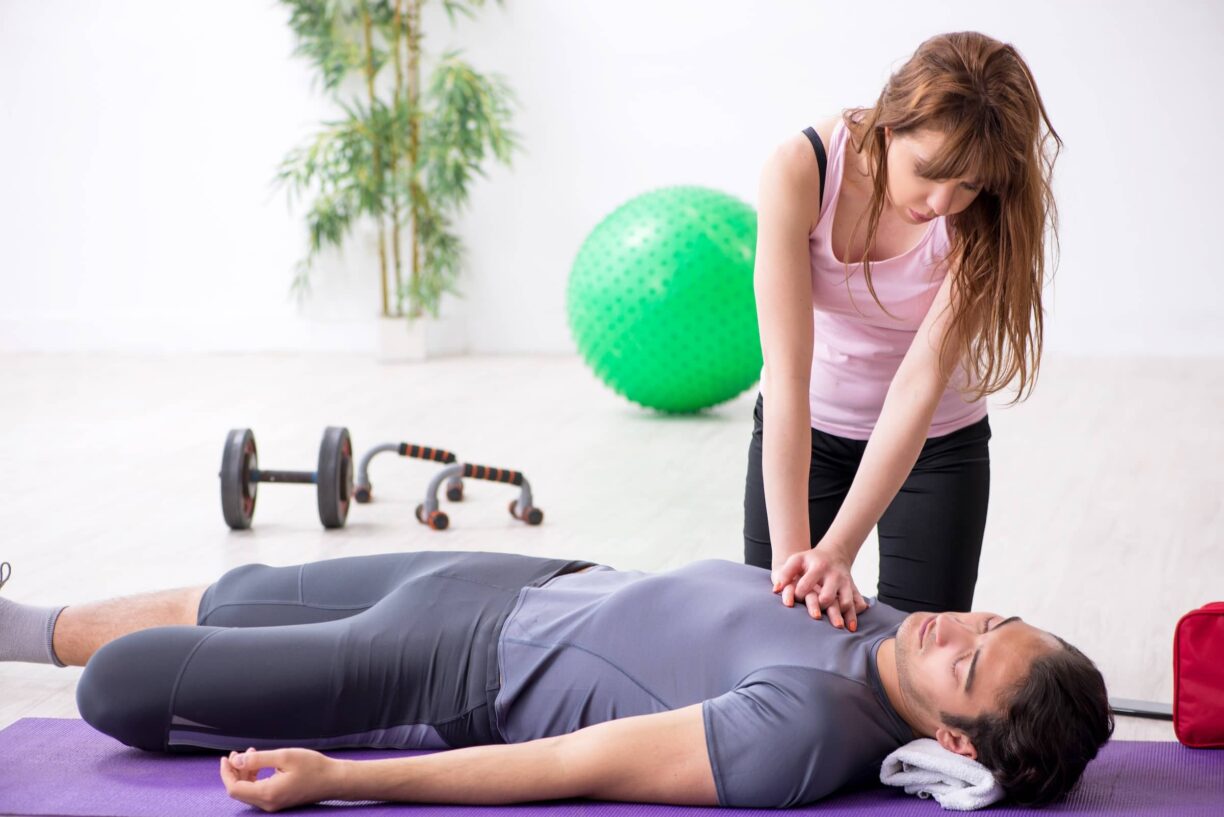PureGym has released advice on how to prepare for returning to the gym, ahead of the gyms reopening in England on the 25th July.
After almost four months of the gyms being closed, many of us are excited to finally jump back into a squat rack or onto an exercise bike. However, it’s important to start preparing now to gradually ease yourself back into working out and return to the gym safely.
Here, PureGym fitness expert, Beth Trueman, shares her top tips for returning to the gym.
- Start to increase your daily activity now
After a long period of inactivity or training at a lesser intensity, it’s likely that you will experience some kind of muscle soreness (commonly known as DOMS) when you return to the gym.
Many seasoned gym goers would have experienced it before, it’s simply our body adjusting to new stimuli.
The soreness and tightness is generally temporary and gets less intense once your body adjusts to your new regime. If you’re itching to get back into the gym when it reopens, you should consider gradually increasing your daily activity now to help limit muscle soreness.
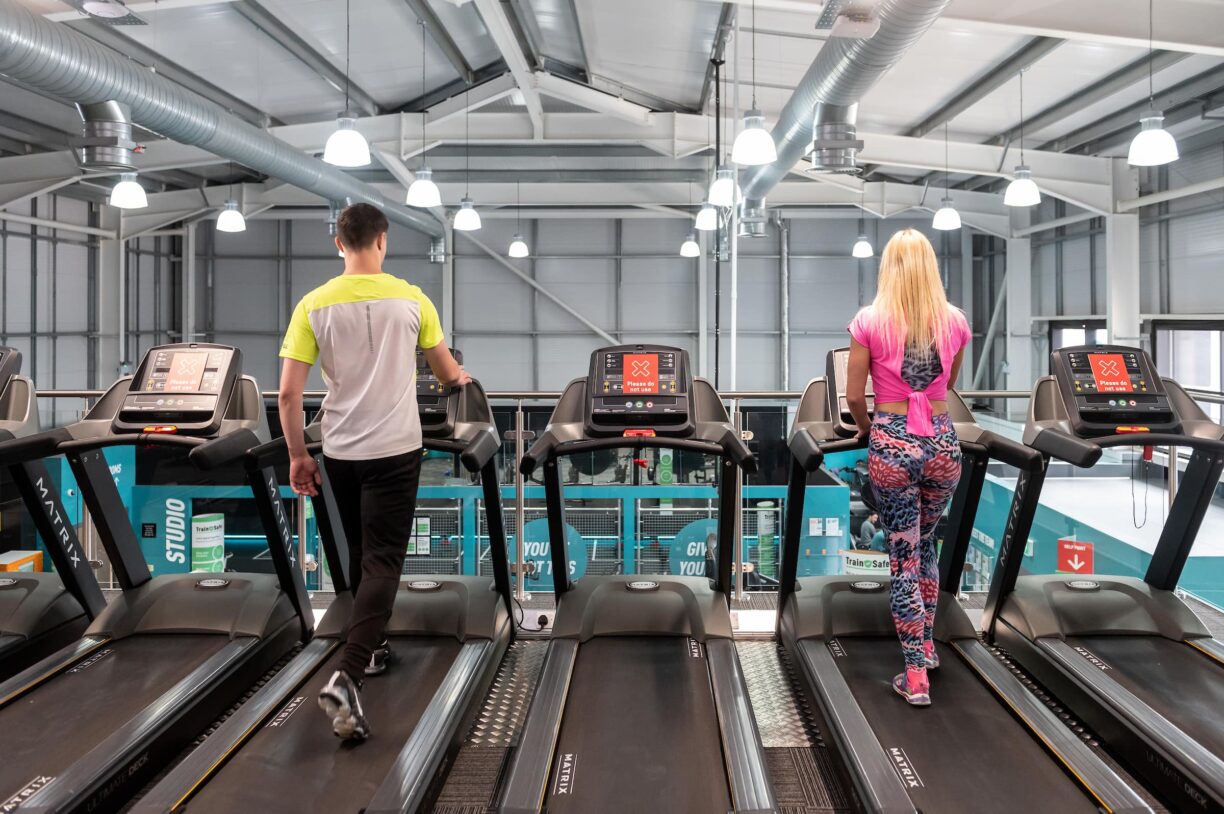
- Try tempo training
A great way to ramp up your activity in the lead up to the gyms reopening is trying tempo training.
Tempo training is simply controlling the speed at which you complete your reps and is a good option to make simple bodyweight exercises like squats more challenging.
By slowing down your reps, particularly the eccentric phase (lowering the weight), or by adding in a pause to the movement pattern, you increase the amount of time your muscles are under tension.
This makes the whole movement more demanding, making your muscles work harder to complete the reps, whilst also increasing muscle fibre recruitment.
- Start stretching to prepare your body
Keeping your body mobile and flexible helps keep your muscles active and plays a huge role in injury prevention.
The saying “use it or lose it” applies here, particularly when many of us will have found ourselves sat down a lot more than usual during lockdown.
Try to include a couple of stretching and mobility sessions a week to reduce tension and tightness. Not only will this help you transition back into the gym and reduce your chance of injury but it can also help with exercise form and improve your range of motion.
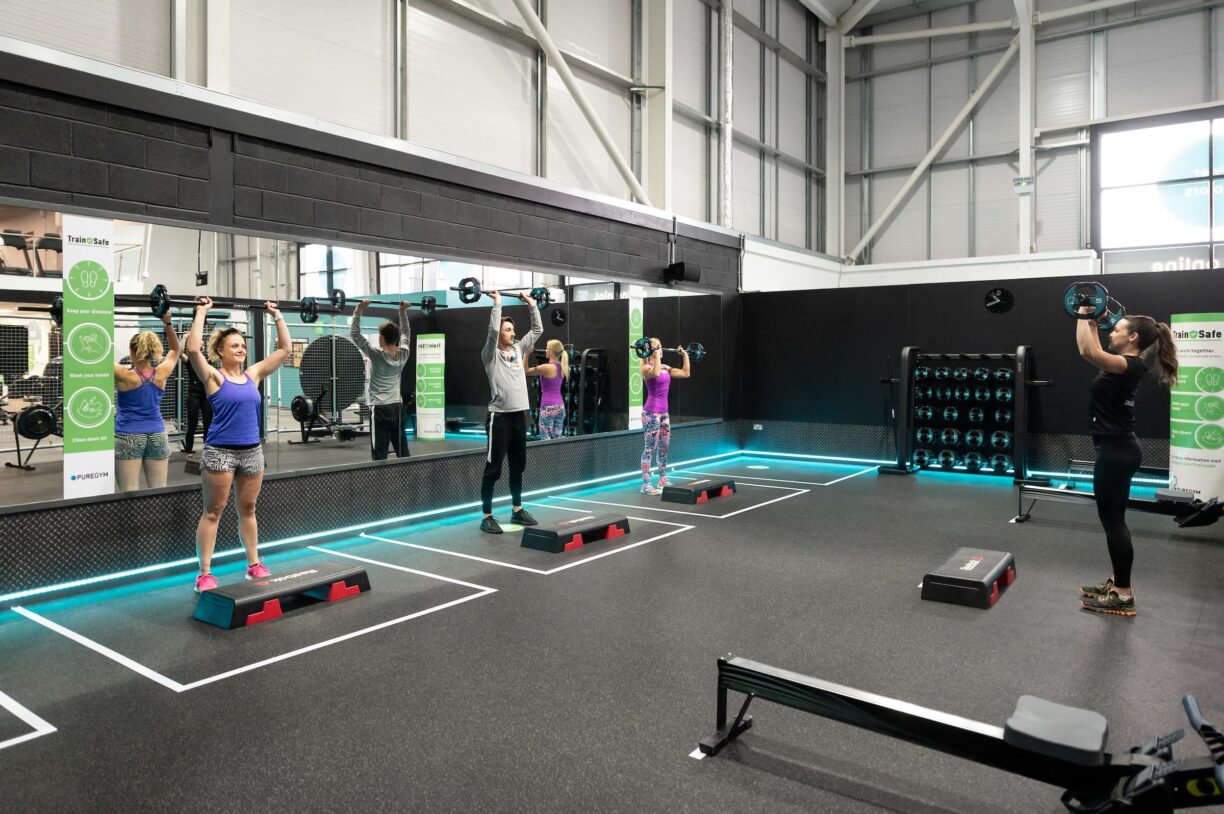
- Build up volume and intensity gradually
For many of us, lockdown has meant training at a lower intensity and making do with what we have, such as; squatting with tins of beans or curling bags of sugar.
Therefore, it’s completely normal that your strength and stamina may have taken a little hit in the process.
Your body needs time to adapt in order to avoid injury. Be patient with your body and focus on gradually building up the intensity and volume of your training sessions again.
If you’re lifting weights, look to reduce the amount of weight, the number of reps or both when you first come back to the gym, then increase it again gradually as you get back into your routine.
For cardio, consider reducing both the intensity and length of your workouts and consider adding some gentle active recovery sessions into your weekly regime instead of going flat out.
- Be patient when you return
Above all else, be patient with yourself and your training when you return. Remember, going in too hard or too fast will only slow down your progress in the long term, so strip back your workouts and don’t be too hard on yourself if you’re not working out at the same level as you were before lockdown.
The most important thing is that you return to the gym safely and stay injury free.
Information on the changes PureGym are making to keep their members safe, along with FAQs and tips on keeping the gym a safe environment, can be found here: https://www.puregym.com/trainsafe/
Freeletics, fitness app, recently examined the activity levels of over 90,000 of its active users in the UK to discover the effects of the quarantine lockdown on their habits, fitness levels and exercise regimes.
We’ve listed some of our top findings below, with resident Freeletics training expert Dr. Kianoush Missaghi providing insight on the results and what they mean for the future of fitness.

